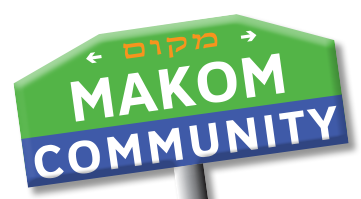Title: “BMitzvah on Vayikra: Judaism and the Environment”
On Monday we jumped into a world of Judaism that in many ways feels foreign to our own- a Judaism based in sacrifice and Temple centered ritual.
Vayikra & Environmental Justice
Where do these dynamics interplay in our lives? How did they interact with ancient lives? Each of these types of sacrifices marked different points in people’s lives in ancient Judaism. How would we as modern Jews mark happy events, sad ones, or moments we had made a mistake?
- “When I’m happy I take a picture or write about it”
- “I like to take a picture when I’m having a happy moment”
- “When they put my dog to sleep I was given some things to remember her with- a piece of hair”
Laying out this ancient dynamic between ancient Jewish people and this system raised a number of ideas for us.
- “It’s more about it being a location than an item”
- “Because it’s a location and not an item I don’t think it will commemorate things very well.”
- “It doesn’t feel like people had a choice about going or not. What if they had a fear of being there?”
Wednesday brought even more comparisons. The workers of the Temple, the Kohenim, with their assigned roles and garments stacked up rather differently with our modern religious workers- Rabbis, Cantors, and Jewish Educators. We compared their outfits to our own- the large golden chest plates encrusted with precious stones compared to the casual wear of today.
- “It makes you feel like they’re someone important because of what they’re wearing”
- “I’d be careful dressed like that. If you’re wearing that much gold someone might take it”
But how does this system come into play when we think about our own interactions with the environment? We took a moment to personally reflect on our Environment Thought Bubble. Anything we associated with the concept of environment we put in. The answers ranged from the hopeful:
- “Healthy, safe space for growing and living”
- “The natural beauty of the world”
to those that looked towards a grim future:
- “climate change”
- “Our little slice of nature that we’re perpetually ruining”
This interplay is exactly what we’re hoping to reflect on and explore throughout this unit: peoples, both modern and ancient, interacting with the environment in the hopes of getting towards something- closeness to God, productivity- and getting more out of wherever we find ourselves. Looking forward to what we uncover next week!
